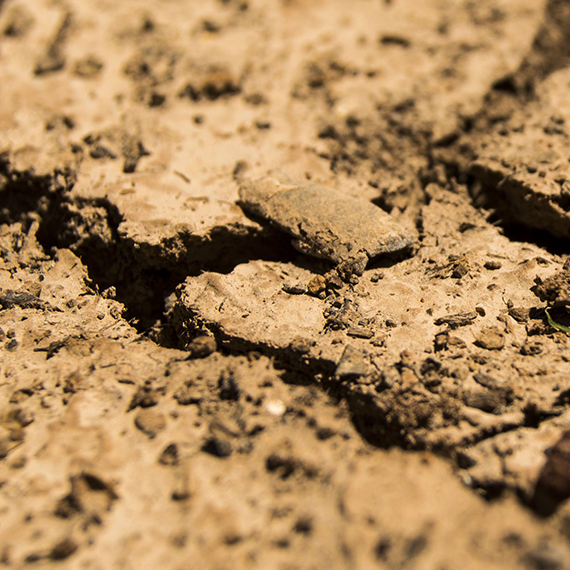CLIMATE ACTION CLINIC

Climate change is defined as change in climate over time, whether due to natural variability or as a result of human activity.
It is one of the most important global environmental challenges faced by humanity.
The effects of climate change depend on the adaptive capacity and vulnerability of a particular system.
Adaptive capacity is the ability of a system to adjust to climate change (including climate variability and extremes) to moderate potential damages, to take advantage of opportunities, to cope with the consequences.
Whereas, the degree of susceptibility of a system to the effect of climate change and inability to cope with the adverse effects including climate variability is known as its vulnerability.

Adverse impact of climate change mainly in agriculture can be overcome by the approach of adaptation, conservation agriculture and agro-forestry

Changes in sowing timing of wheat have been observed amongst the farmers in Haryana, Uttar Pradesh and Bihar. Due to climate change, they have started sowing of wheat two weeks to one month prior the traditional sowing dates.
Each day of sowing delay causes roughly 0.8–1.5% yield loss according to field experiments.
Also, in general, late sown crop (e.g. wheat sown in December) are more prone to pest attack than timely sown crop (e.g. wheat sown in November). Early sowing of wheat in general increases the yield.
Farmers alter or replace the crop varieties in their farms with cultivars which are able to cope better with the flood, salt stress and other weather extremes.
Adopting improved crop variety helps improve production. Farmers are adopting the Swarna-Sub1 rice variety, which is genetically identical to the Swarna variety but is flood tolerant. This increases their stability and also yield in the Sundarbans area.
In Sundarbans, farmers have switched successfully to more salt tolerance crops in the areas where salt stress is high and made agricultural production difficult using the traditional crop variety.
Water management techniques include altering amounts and timings of irrigation, improved irrigation technologies and structural measures.
Deficit irrigation technique can be used in flood plains and coastal areas facing water shortage. The technique/strategy consists of applying life-saving irrigation or small amounts of water during critical stages of plant growth. This helps stabilize yields, save water and balance low water availability with a sustainable production level.
Floating farming allows cultivating vegetables and fruits in the floating structures on water. It is a way of utilising areas that are waterlogged for a long period of time.
Floating beds or rafts are created using bamboo, water hyacinth, coir and wood chips. These beds can float on the surface of water. These are used to grow various crops such as- okra, spinach, brinjal, cucumber, bitter gourd, chilli etc.
These floating beds enable cultivation even when all arable land is under water due to floods. The farmers can raise seedlings on these beds during floods and transplant them on land as soon as floodwater goes down, without losing any time. The used rafts can later be used for compost.